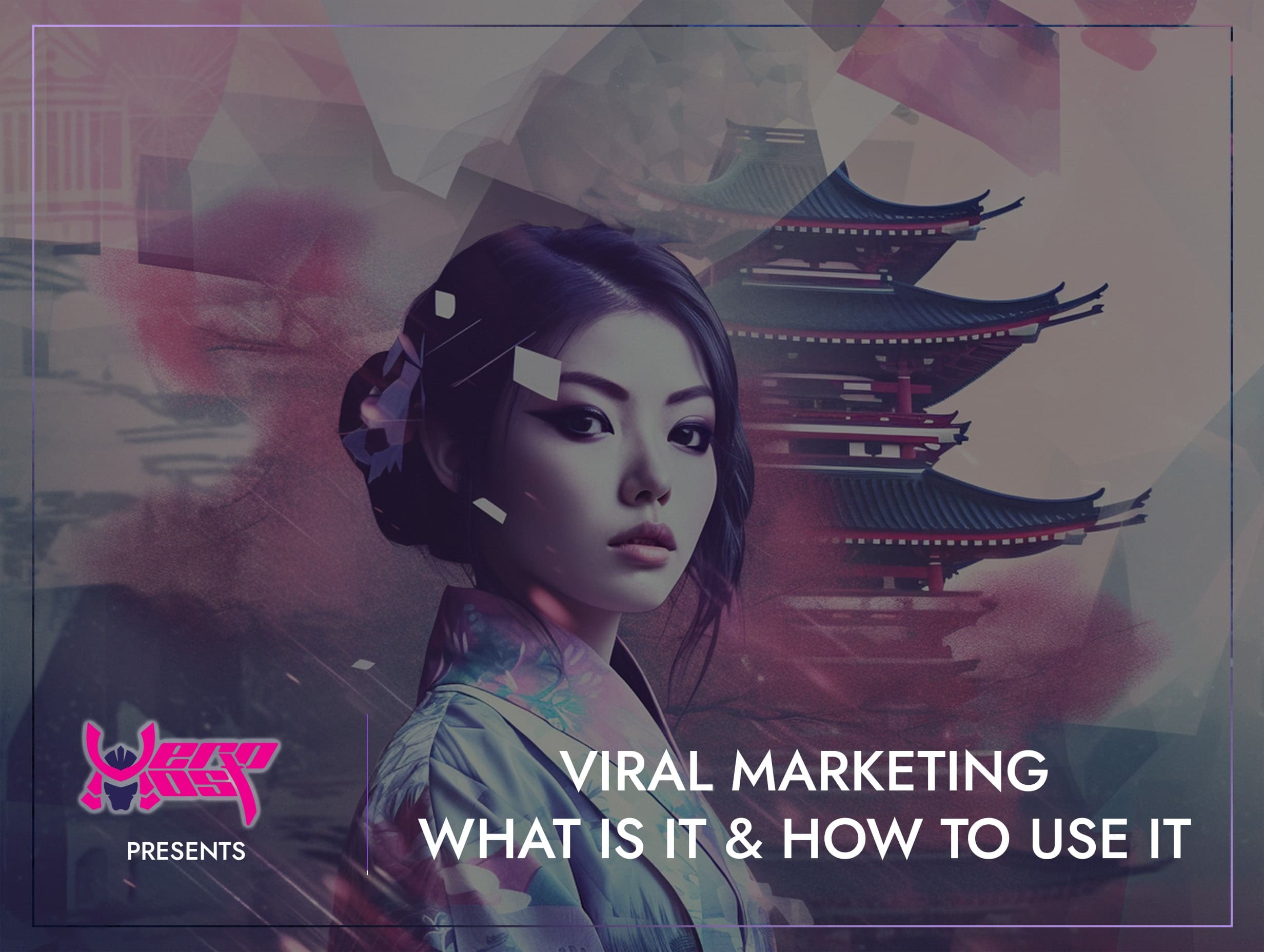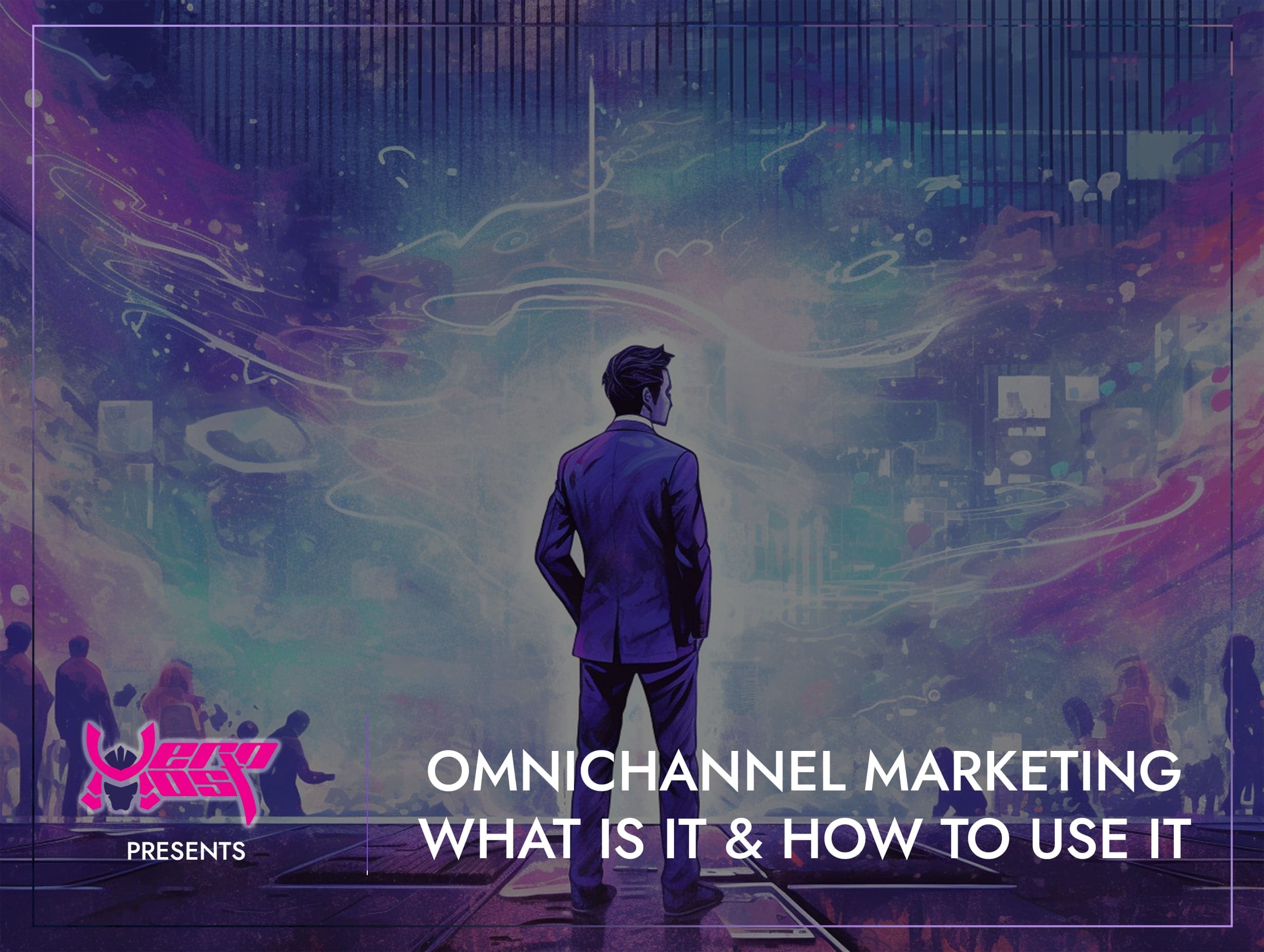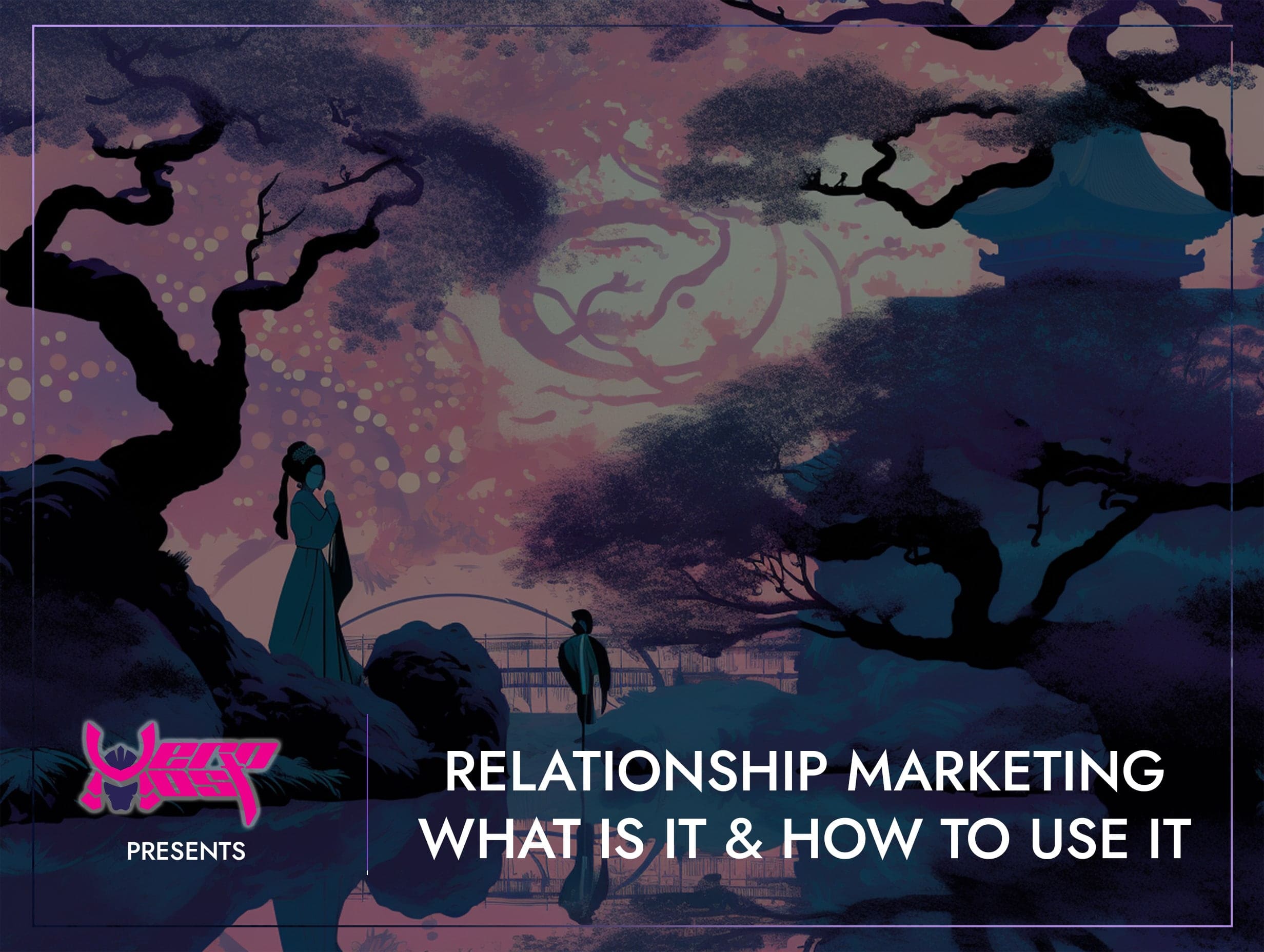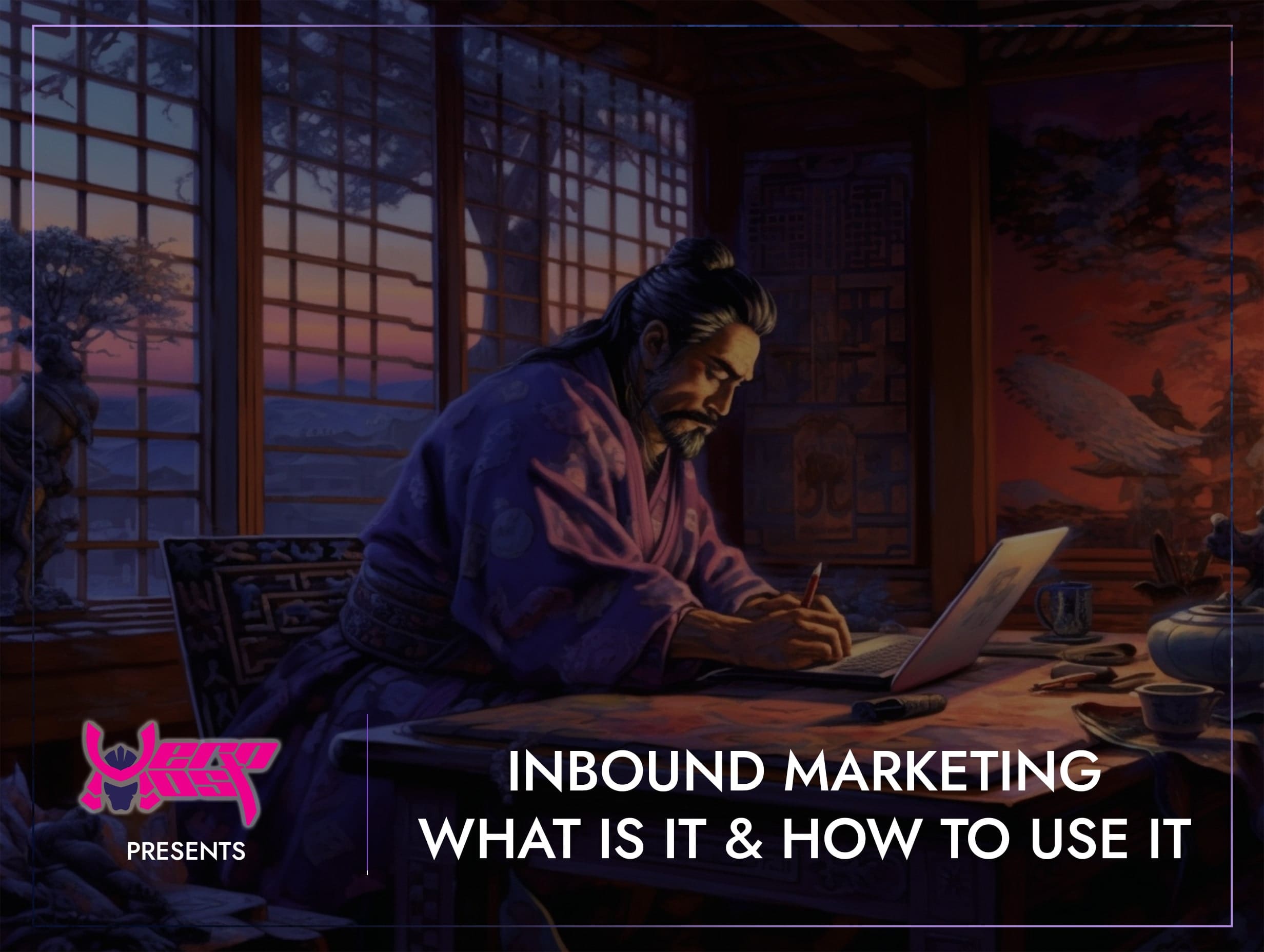Viral Marketing: What Is It And How Can You Use It
- Home
- Marketing Guides
- Viral Marketing: What Is It And How Can You Use It

- Mikey Ryu
- May 28, 2024
- 0
Viral Marketing: What Is It And How Can You Use It
In the digital age, viral marketing has become a powerful strategy for brands looking to achieve rapid and widespread exposure. Leveraging the power of social sharing and online communities, viral marketing can propel your brand into the spotlight almost overnight. This blog will explore what viral marketing is, how you can use it for your business, and the different types of viral marketing strategies.
What is Viral Marketing?
iral marketing is a strategy that encourages individuals to share a marketing message with others, leading to exponential growth in the message’s visibility and impact. The term “viral” refers to the way content spreads quickly and widely across the internet, much like a virus. Successful viral marketing campaigns capture the audience’s attention, evoke strong emotions, and compel them to share the content with their network.
The key characteristics of viral marketing include:
Shareability:
The content is designed to be easily shareable across various platforms.
Emotional Appeal:
It evokes emotions such as happiness, surprise, humor, or even anger, which motivates people to share.
High Engagement:
It often includes elements that encourage interaction, such as contests, challenges, or user-generated content.
Memorable and Unique:
The content stands out from the noise and leaves a lasting impression.
How Can You Use Viral Marketing For Your Business?
Implementing viral marketing can significantly boost your brand’s visibility and engagement. Here are steps to effectively use viral marketing for your business:
Understand Your Audience:
Know what resonates with your target audience. Conduct research to understand their interests, preferences, and the type of content they are likely to share.
Create Compelling Content:
Develop content that is engaging, entertaining, or thought-provoking. The content should be relevant to your brand and valuable to your audience.
Leverage Social Media Platforms:
Utilise social media to distribute your content. Each platform has unique features and audiences, so tailor your content accordingly.
Incorporate Emotional Triggers:
Content that evokes strong emotions is more likely to be shared. Whether it’s humor, inspiration, or surprise, ensure your content connects emotionally with viewers.
Encourage User Participation:
Create interactive campaigns that involve your audience. Contests, challenges, and user-generated content initiatives can motivate people to participate and share.
Collaborate with Influencers:
Partner with influencers who have a strong following and can help amplify your message. Influencers can add credibility and reach to your campaign.
Use Hashtags and Trends:
Incorporate relevant hashtags and tap into current trends to increase the discoverability of your content. This helps your content get noticed by a wider audience.
Monitor and Analyse:
Track the performance of your viral campaign using analytics tools. Understand what worked, what didn’t, and use these insights to refine future campaigns.
Types of Viral Marketing:
There are various types of viral marketing strategies you can use to create buzz and drive engagement:
Content Marketing:
High-quality, shareable content such as videos, memes, infographics, and blog posts. This content should be entertaining, informative, or emotionally engaging.
Social Media Campaigns:
Leveraging social platforms to launch campaigns that encourage sharing. This includes hashtag challenges, viral trends, and interactive posts.
User-Generated Content:
Encouraging your audience to create and share their own content related to your brand. This can include photo contests, video submissions, or testimonials.
Influencer Collaborations:
Partnering with influencers to create content that reaches a broader audience. Influencers can lend their voice and credibility to your campaign.
Email Marketing:
Crafting compelling emails that prompt recipients to forward them to friends and family. This can include intriguing stories, exclusive offers, or humorous content.
Referral Programs:
Creating programs that incentivise customers to refer your brand to others. Offer rewards or discounts for successful referrals, encouraging word-of-mouth marketing.
Viral Videos:
Producing videos with high entertainment or shock value that viewers will want to share. Platforms like YouTube, TikTok, and Instagram are ideal for hosting viral videos.
Interactive Content:
Developing quizzes, polls, and interactive infographics that engage users and prompt them to share their results or experiences.
In conclusion, viral marketing is a dynamic and impactful strategy that can significantly boost your brand’s visibility and engagement. By understanding what makes content shareable, leveraging social media platforms, and tapping into emotional triggers, you can create successful viral campaigns. Explore various types of viral marketing to find the best fit for your brand and audience, and embrace the power of virality to achieve your marketing goals.
Search
Categorys
- Branding (12)
- Business Growth Guides (3)
- Business Insights (3)
- Content Marketing (43)
- Domain Authority (19)
- Email Marketing (28)
- Google Analytics & Search Console (5)
- Hack or Not (2)
- Hero Host News (0)
- Inbound Marketing (32)
- Lessons From Asia (40)
- Marketing Guides (11)
- Martial Arts Journey (14)
- Outbound Marketing (8)
- Search Engine Optimisation (SEO) (41)
- Social Media Marketing (38)
- Web Design (20)
- Website Hosting (4)
- Wordpress (2)






